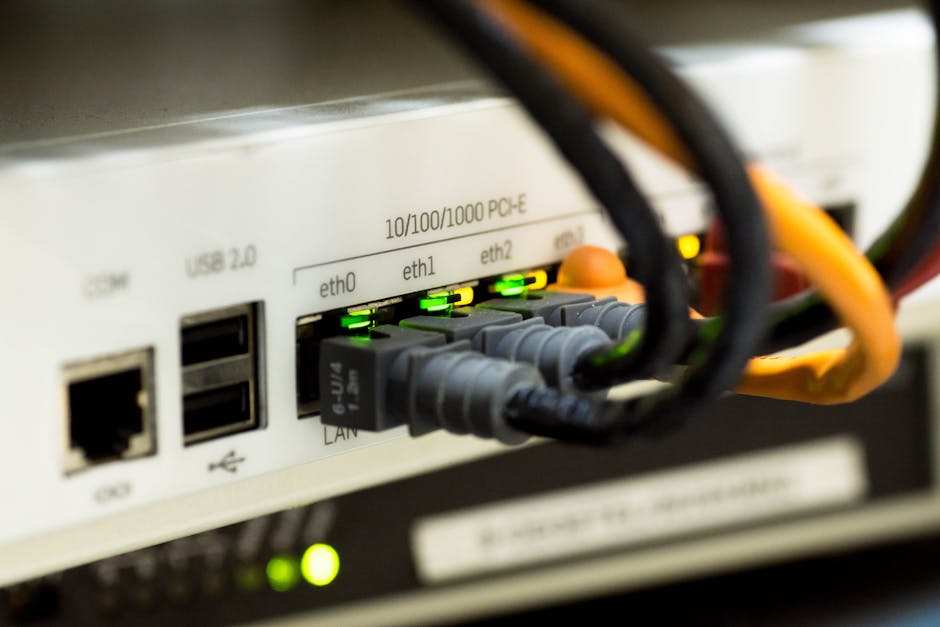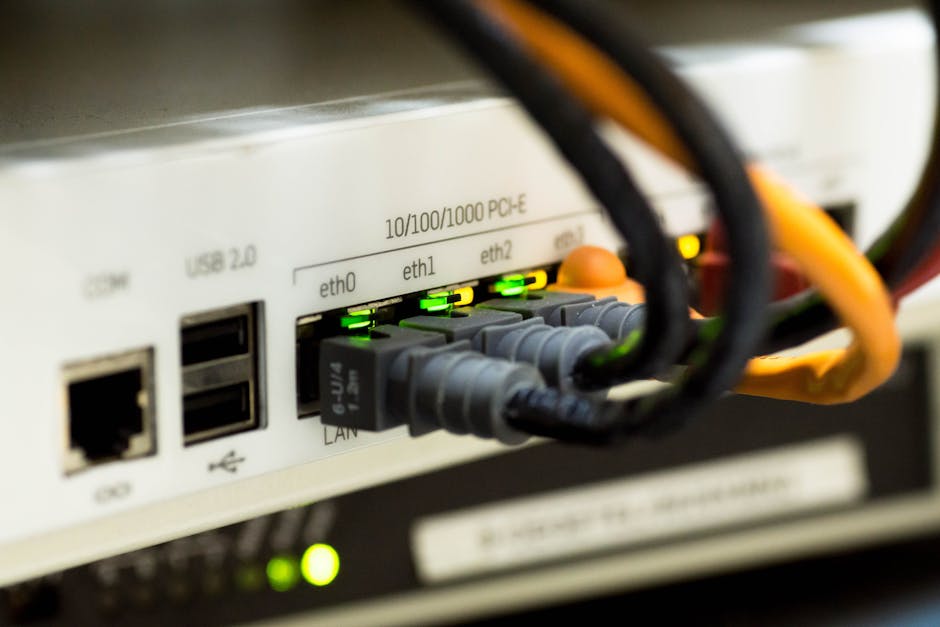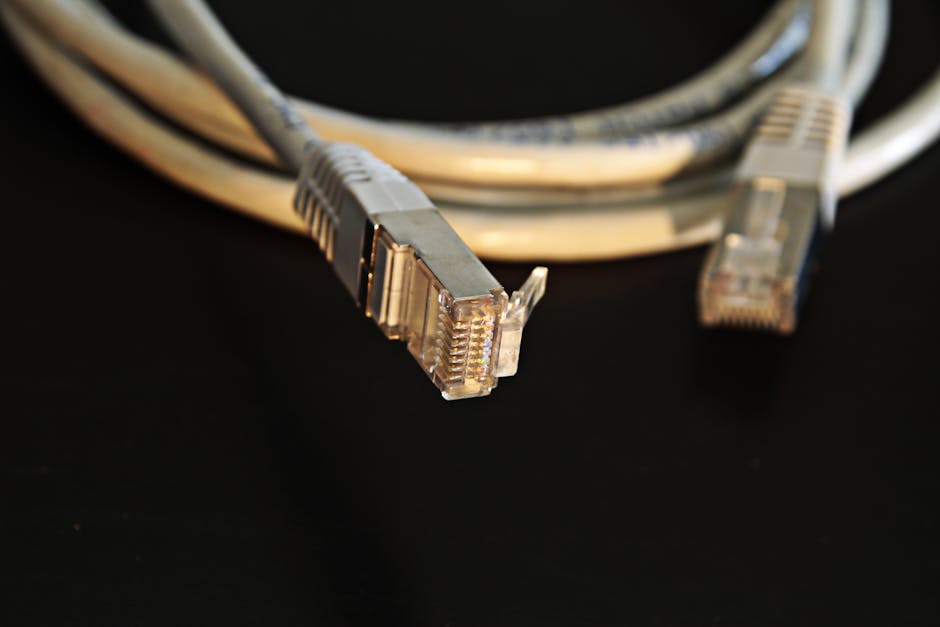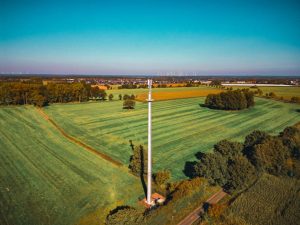Understanding Master Sockets: What to Do If Yours Is Missing

The Role of Master Sockets in Your Broadband Connection

Pexels
The master socket is a vital component in your home broadband setup, yet it’s often misunderstood. Think of it as your home’s primary communication gateway with your broadband provider’s network. While it may look like any ordinary telephone socket, its primary function is to establish the boundary between your property and the Openreach network. This socket also acts as a testing point for both engineers and homeowners, allowing faults to be diagnosed more effectively.
A properly installed master socket ensures that your Internet service operates at peak performance. If you’ve recently upgraded to a fibre-to-the-cabinet broadband connection or installed a new router, the master socket plays a crucial role in ensuring that your home receives clear and uninterrupted service. It carries the responsibility of filtering signals and reducing interference, making it indispensable for a stable and consistent broadband connection.
No Master Socket? Here’s What You Need to Know

Pexels
If your property lacks a visible master socket, don’t panic—this is a surprisingly common issue, especially in older buildings. Many homes built before the 1980s either lack this component or have had it hidden due to renovations or cosmetic changes. You might find it located near the point where external cables enter the house, often close to a front door or hallway. In some cases, it could be boxed in or replaced with an improvised joint without proper professional attention.
If your master socket is missing or inaccessible, hiring an independent engineer may be the best solution. These professionals can help trace the cable, identify the entry point, and reinstall a proper socket, ensuring your network complies with modern standards. Moreover, if previous renovations caused the removal or damage of the socket, you might be entitled to hold the contractor responsible for the costs of repairs.
Modern Master Sockets and Why Upgrades Matter

Pexels
Modern Networking Termination Equipment (NTE) sockets, such as the NTE5, are more advanced than their older counterparts. These upgraded sockets are designed to provide superior performance and reliability, especially when paired with modern broadband services. They often come with built-in test functionality, which makes identifying any connection problems simpler and faster.
If you’re switching broadband providers or upgrading to fibre broadband, the engineer tasked with the installation will typically replace older sockets with these modern versions. However, it’s important to note that their responsibility is limited to ensuring the primary connection to your home is functioning correctly. Any additional extensions wired to the master socket may be left unattached to prevent potential interference. In such cases, an independent engineer can help reconfigure and optimize your internal wiring to match the latest requirements.
How to Ensure Smooth Repairs and Upgrades

Pexels
Identifying issues with your master socket and wiring may seem daunting, but experienced, self-employed engineers across the U.K. specialize in these repairs. Whether you need to locate a hidden master socket, replace outdated equipment, or enhance your internal wiring, these professionals provide tailored solutions to suit your network needs.
If you’re experiencing intermittent faults, slow Internet speeds, or suspect your master socket is outdated, it’s worth consulting a trusted professional. With the right expertise, you can resolve issues quickly and ensure your home network delivers optimal performance.




